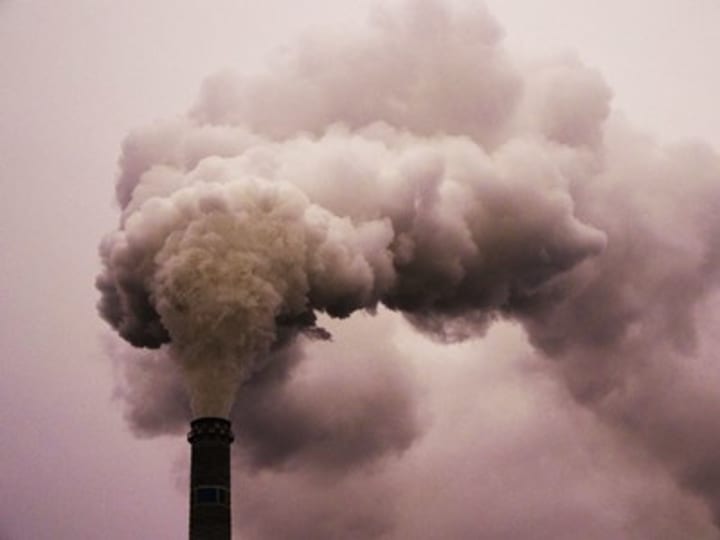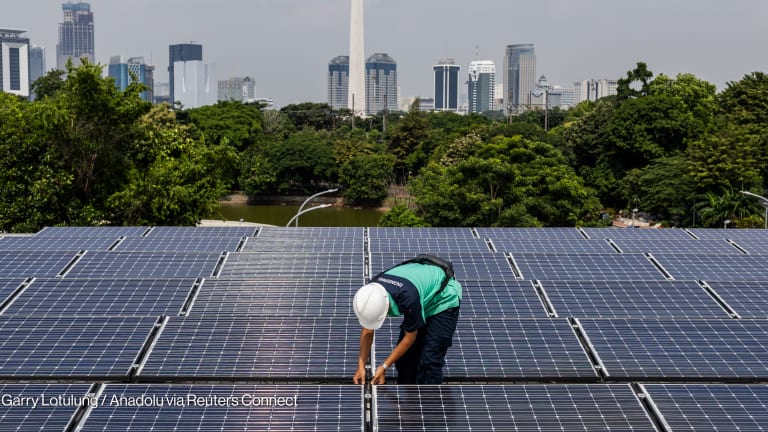
Developing countries in Asia are facing an “environmental disaster” if they fail to come up with alternative sources and end up relying even more on fossil fuels to satisfy their energy demand by 2035, the ADB said on Tuesday.
In its 2013 Outlook, the Asian Development Bank noted that the region needs massive energy for growth. Oil imports — the bulk of which come from the Middle East — are expected to triple from 10 million barrels per day in 2007 to 30 million in 2035.
This excessive reliance on traditional energy sources is extremely detrimental to the environment, and by that same year Asia’s CO2 emissions will swamp global limits, ADB officials suggested.
To prevent this doomsday scenario, the bank recommended Asian developing countries to:
Promote energy access for all by curbing demand.
End fuel subsidies like those in Pakistan that do not benefit the poor and encourage unfettered consumption.
Harness renewable energy sources, such as wind, solar and other off-grid solutions that are ideal for archipelagic countries in the Pacific.
The report presented by the bank’s chief economist Chanyong Rhee also mentioned hydropower and biofuel as alternatives, but warned that developing these energy sources can pose challenges like community displacement in the case of hydropower and food supply for biofuel.
In any case, the ADB stressed that renewables are not enough, and energy from conventional sources needs to be made cleaner.
This is where shale gas development needs to be more closely studied as well as nuclear power generation, which has become even more controversial especially for the Japan-dominated ADB after the Fukushima accident two years ago.
Phasing out atomic energy could increase Asia’s carbon dioxide emissions by between 8 percent and 13 percent in 2035, the report warned.
The ADB also called on developing Asia to establish a pan-Asian energy market through a ministry-level task force by 2030, substantially increase research and development in the energy sector, expand the supply of clean energy and make power more affordable and accessible to the poor.
Read more development aid news online, and subscribe to The Development Newswire to receive top international development headlines from the world’s leading donors, news sources and opinion leaders — emailed to you FREE every business day.


